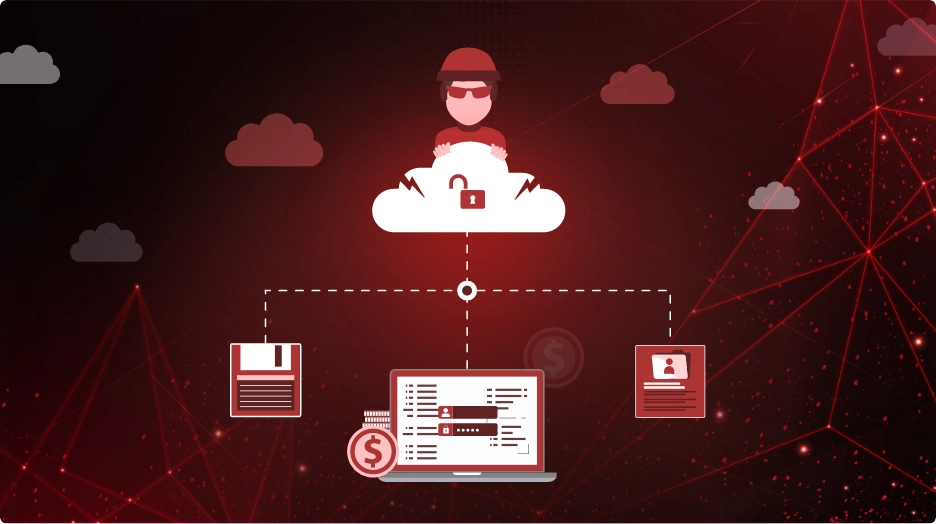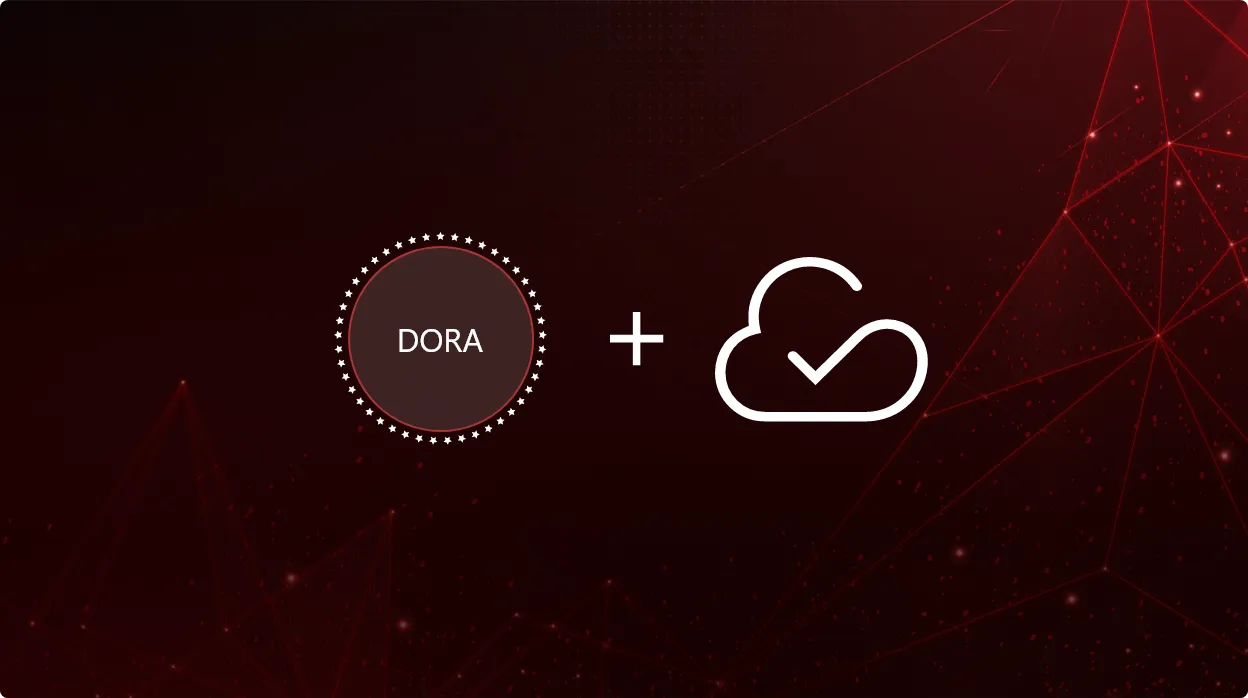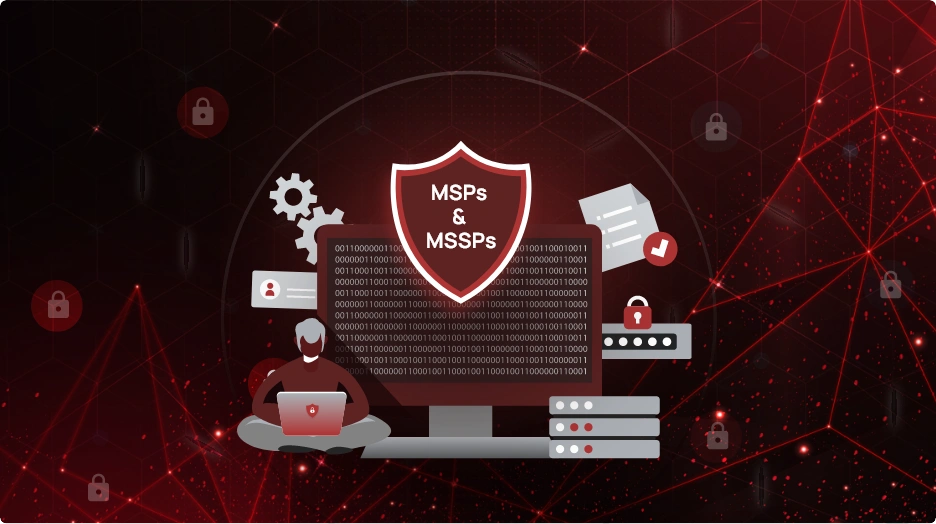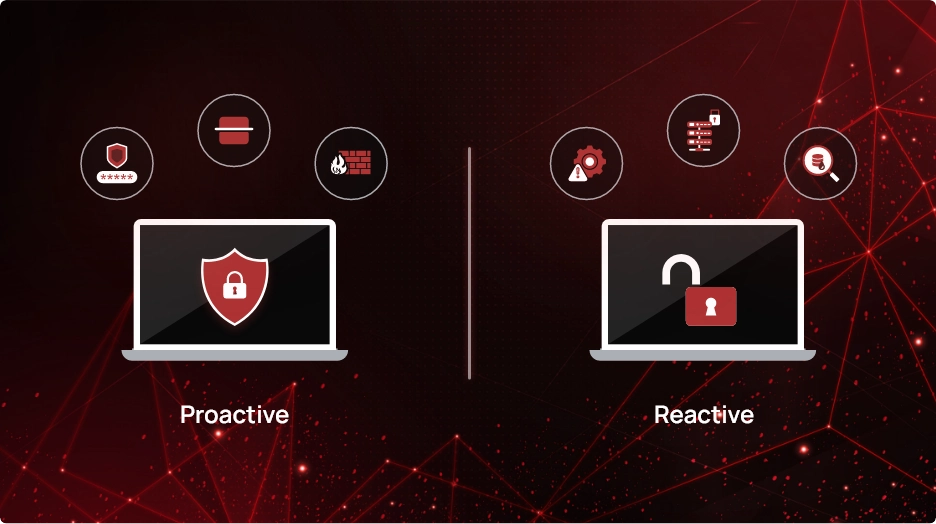Greater spend does not always equal better security posture

As organizations increasingly migrate to cloud environments, the responsibility for digital defense falls squarely on the shoulders of MSPs and MSSPs. This critical role demands a keen understanding of the inherent risks and vulnerabilities that accompany the cloud.
One prevailing misconception threatens to undermine this crucial endeavor: the notion that high-priced security solutions and tools equate to superior security. The true path to optimal cloud security lies in strategic investment. This entails meticulously assessing each client’s unique risk profile and identifying tools that offer precise protection, seamless integration with existing workflows, and actionable insights into potential threats – not just exorbitant price tags. Blind expenditure is a liability, not an asset.
Why cost alone doesn’t translate to security
Investing in cybersecurity tools solely based on cost can lead to detrimental outcomes. While price is a consideration, it’s crucial to gain a deeper understanding of the specific needs and challenges faced by MSPs and their clients. Let’s take a look at the key factors that must be taken into account when selecting a SaaS or Cloud Security Posture Management tool.
Feature misalignment:
Choosing a cybersecurity tool solely based on its array of features can lead to a mismatch between what the tool offers and what the client truly needs. While a tool may boast a multitude of functionalities, not all of them may be relevant to the client’s specific security requirements. This misalignment may pose a significant risk as it can result in wasted resources and ineffective protection against potential threats.
To mitigate this risk, it’s crucial for MSPs to carefully assess and understand their client’s unique risk profile. By conducting thorough evaluations of the client’s security needs and vulnerabilities, MSPs can identify the specific features and capabilities required to address those risks effectively. This process involves mapping the client’s risk profile to the relevant functionalities offered by cybersecurity tools. By ensuring alignment between the client’s needs and the tool’s capabilities, MSPs can optimize security measures and enhance overall protection.
Implementation and integration challenges:
The implementation and integration of cybersecurity tools can present significant challenges for MSPs, often leading to hidden costs and disruptions in existing workflows. Complex deployments and integrations may require extensive time and resources, leading to delays in providing essential security services to clients. Moreover, the complexity of integration can introduce compatibility issues and operational inefficiencies, further complicating the deployment process.
To address these challenges, MSPs should prioritize choosing user-friendly solutions that offer seamless integrations into their existing workflows. By selecting tools with intuitive interfaces and streamlined integration processes, MSPs can minimize disruptions and ensure smooth transitions for both their internal teams and clients. Additionally, user-friendly solutions reduce the need for extensive training and support, allowing MSPs to focus their resources on delivering value-added services to their clients.
Lack of visibility and context:
Poorly designed cybersecurity platforms can inundate users with excessive data and alerts, leading to a phenomenon known as alert fatigue. When platforms lack the ability to filter and prioritize alerts based on relevance and severity, users may become overwhelmed, resulting in missed or ignored critical security threats.
It’s essential for MSPs to prioritize solutions that offer comprehensive visibility into the security landscape while providing meaningful context around potential threats. By leveraging platforms that offer actionable insights and prioritized recommendations, MSPs can effectively manage security incidents and proactively address vulnerabilities before they escalate into significant breaches. These insights enable MSPs to focus their attention and resources on addressing the most critical threats, minimizing the risk of alert fatigue and ensuring that security efforts remain targeted and effective.
Choosing the right CSPM and SSPM platform for your clients
Selecting the appropriate Cloud Security Posture Management (CSPM) and SaaS Security Posture Management (SSPM) tools is critical for MSPs to effectively safeguard their clients’ digital assets. Here are key considerations to guide MSPs in making informed decisions:
Prioritize risk-based approach:
Before selecting SSPM or CSPM solutions, MSPs should conduct comprehensive risk assessments to identify potential vulnerabilities and security needs. By aligning the chosen tool’s capabilities with these identified risks, MSPs can ensure targeted and effective security measures that address specific client requirements.
Focus on cost efficiency:
While initial price tags may be enticing, MSPs should evaluate the long-term return on investment of CSPM/SSPM solutions. Consider factors beyond upfront costs, such as ongoing training expenses, maintenance fees, and scalability. Choosing cost-efficient solutions ensures sustainable investments that deliver value over time.
Value user experience and ease of use:
User experience and ease of use are paramount when selecting CSPM/SSPM tools. Prioritize solutions with intuitive interfaces that streamline operations and minimize the learning curve for users. Look for tools that enable efficient incident response and threat investigation, empowering MSPs to swiftly address security challenges and mitigate risks effectively.
Invest in vendor partnership:
Collaboration with trusted vendors is essential for MSPs seeking to enhance their cybersecurity offerings. Choose vendors with dedicated MSP programs and robust support channels, ensuring timely assistance and expert guidance when needed. Seek opportunities for ongoing collaboration and knowledge sharing to stay abreast of emerging threats and industry best practices.
CheckRed as a cost-efficient solution
By adopting a strategic approach to selecting CSPM/SSPM tools, MSPs can strengthen their clients’ security posture and mitigate cyber threats effectively. CheckRed is a comprehensive SaaS Security Posture Management (SSPM) and Cloud Security Posture Management (CSPM) solution tailored to strengthen MSPs and MSSPs against cloud security threats. With a myriad of features ranging from complete visibility, alert prioritization, to seamless integration capabilities, CheckRed offers MSPs/MSSPs the upper hand in their constant fight against the evolving threat landscape. The CSPM and SSPM solutions are a strategic investment for MSPs and MSSPs, delivering cost-effectiveness without compromising on security effectiveness.


